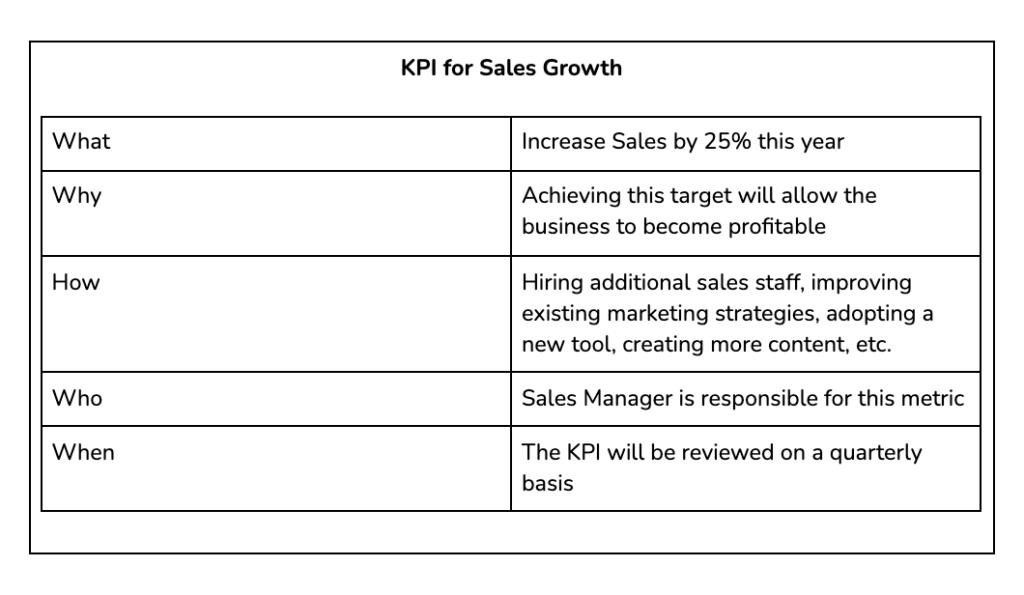Learn about the importance of startup OKRs for growth.
When you begin with an idea, you’re obviously so driven to make things happen and see it come alive. But the truth is that not all startups succeed. In fact, the failure rate of startups in 2019 was close to 90%! Research concludes a staggering 21.5% of startups fail in the first year, 30% in the second year, 50% in the fifth year, and 70% in their 10th year.
But why is it that only some good ideas are such a success, while the other good (perhaps even better) ideas fail miserably or just go back into the idea box again?
Well, the ones that succeed don’t just set goals to take their idea live, but are also not afraid to do the number crunching.
“To be clear, I have the utmost reverence for entrepreneurs. I’m an inveterate techie who worships at the altar of innovation. But I’d also watched too many start-ups struggle with growth and scale and getting the right things done. So I’d come to a philosophy, my mantra: Ideas are easy. Execution is everything”.
-John Doerr
This is where OKRs (Objective Key Results) come in handy. It is a collaborative goal-setting protocol for companies, teams, and individuals. It is used by some of the most successful startups and tech giants of this era including Google, AOL, Dropbox, LinkedIn, Oracle, Slack, Spotify, and Twitter.
“OKRs have helped lead us to 10x growth, many times over. They’ve helped make our crazily bold mission of “organizing the world’s information” perhaps even achievable. They’ve kept me and the rest of the company on time and on track when it mattered the most”, says Larry Page, Alphabet CEO and Google Co-Founder.
What is a startup OKR?
In today’s economy, change is inevitable and a fact of life. You cannot hold on to what seemed to work in the past and expect the best results. You need to map out an organized and practical plan that also stands out as a motivation to your teammates.
OKR is a list of qualitative goals, set for a particular duration of time. This involves defining an objective with not more than 5 key results associated with it. For each period, let’s say a quarter, an OKR is described for every level of the organization – company, teams, individuals.
“Objectives and key results are the yin and yang of goal setting—principle and practice, vision and execution”
An objective is simply WHAT is to be achieved and key results are HOW to achieve the said objective.
Objectives are concrete, significant and action-oriented. Effective key results are more specific and time-bound linked to the objective. Actually, it is stressed that a key result should have a number associated with it. Thus, making it measurable and verifiable.
You either tick off a key result or you don’t. There is never ‘almost’ or room for any gray area. An objective can be stretched over longer time frames. However, key results evolve as the work progresses. Once all KRs are met, the objective is achieved.
OKRs allow you to cultivate coordination in your organization by helping keep everyone’s focus in the same direction.

Andy Grove, Intel’s former CEO, is the man behind this excellent system. Intel developed the concept of OKRs in the 1970s.
MBO (Management by Objective) is the original system that helped Intel come up with OKRs. MBO helped you sketch out your goals in a more coherent format. OKR is just an evolved model of this excellent system.
Here’s a list of few important aspects MBO and OKR focus on:

In 1999, John Doer, who had previously worked under Andy Grove at Intel, walked into Google with the greatest organization system ever. As Eric Schmidt and Jonathan Rosenberg observed in their book How Google Works, OKRs became the “simple tool that institutionalized the founders’ ‘think big’ ethos.” From that day until today, Google has religiously followed OKRs. “John gave Google a tremendous gift all those years ago”, says Larry Page.
However, OKR noticed real popularity in 2013 when Rick Klau, a partner at Google Ventures, posted his presentation How Google sets goals: OKRs. This helped most startups learn about it. Today, even Anheuser-Busch, BMW, Disney, Exxon and Samsung use OKRs.
At smaller start-ups, OKRs stand out as a survival tool. This is because in a young and small team everyone needs to be working and pulling in the same direction or the startup will meet its absolute end. OKRs aid in this process.
OKRs often mean tracking numbers and with access to so many analytics and metrics. It can be quite a task to decide what truly matters . And the numbers that matter for your success, will always be different from the others out there – even if their startup idea is the same. Your process, growth and success rates are unique to your company alone.
So how do you identify your OKRs?
Main characteristics of startup OKRs
Focus and Commit to Priorities
To harness success, you cannot leave any room for confusion about what matters the most to you or what it is that you actually want to achieve. Organizations need to focus on work that’s important, and should also be equally clear on what should not distract them whatsoever.
OKRs enable you with this clarity. They’re also a great communication tool for departments, teams, and individuals, helping everyone stay on track.
Align and Connect for Teamwork
In this system, everyone’s goals – from the CEO to the youngest intern – are shared openly. The idea is to promote transparency and also let individuals link their objectives to the company’s game goals, identify cross-dependencies, and coordinate with other teams.
OKRs promote a bottom-up approach that does not believe in dictating your team members. The goal is to define priorities and how progress will be measured. To achieve this, collective agreement is crucial.
“By connecting each contributor to the organization’s success, top-down alignment brings meaning to work. By deepening people’s sense of ownership, bottom-up OKRs foster engagement and innovation.”
Track for Accountability
OKRs are driven by data. You are constantly analysing the numbers in this system. While it does promote rigorous tracking, it also believes in the spirit of no-judgment accountability.
Simply put, this helps your team develop a deep sense of accountability. It also gives room for improvements and innovations and so key results can be modified or even discarded mid-cycle if they no longer stand relevant to the defined objective.
Stretch for Amazing
OKRs motivate you to excel by doing more than is considered and perceived possible. By testing your limits and affording the freedom to fail, you will be able to unleash your creative, ambitious selves.
“Output will tend to be greater when everybody strives for a level of achievement beyond [their] immediate grasp. . . . Such goal-setting is extremely important if what you want is peak performance from yourself and your subordinates.”
Now you may be wondering why even get into number crunching when you could focus on building your startup, let us tell you why!
Are they the same as KPIs?
KPI (Key Performance Indicator) are obtainable and represent the output of a project that is already in place. It is usually tailored to your organizational objectives – defining the what, why, how, when, who.


OKRs act as constant reminders of what teams need to be doing. They give you a brief insight at your progress and achievements.
They also help you and your team stay on the same page while also effortlessly evolving together! It helps one avert the distractions and stay focussed on the prime goal. When people have conflicting priorities they become frustrated and unmotivated. An effective goal management system links goals to a team’s broader mission.
It promotes gathering feedback from the team and individuals and celebrating wins – both large and small. Most importantly, it expands your limits.
Success is rooted in strong leadership, resources, and an efficient work culture of transparency, teamwork, and innovation. OKRs help you achieve this.
Conclusion – Ready to set OKRs?
Know what your focus needs to be on. The best way to do so, is to evaluate where you stand. Take the free growth score test here.




